Laws Restrict Fundraisers
Students scramble to find new ideas to skirt new nutrition law
September 19, 2014
New federal and state laws restrict high-caloric, sugary foods from being sold to students in school, forcing clubs at LT to rethink their fundraising model.
Frequently referred to as the “bake-sale” laws, the changes in nutrition law originated from the 2010 Healthy, Hunger Free Kids act and Michelle Obama’s “Let’s Move Campaign.”
Because homemade products used in bake sales don’t have a nutrition label, they can no longer be used for fundraisers at LT. The new laws require any food sold in schools to have a primary ingredient of whole grains, fruits, vegetables, dairy or proteins, Student Activities Director Peter Geddeis said
Early this school year, a handful of fundraisers, including the Krispy Kreme sale for Social Action Club on Sept. 19, were submitted and approved to sell unhealthy food before school before the specifics of the law were understood, Geddeis said.
Those technically non-compliant fundraisers will be grandfathered in, however any future decisions about fundraisers will follow the guidelines of the nutrition laws.
For now, students can still sell unhealthy snacks after 3:30 p.m. on school days, Geddeis said. Students can also sell fundraising items anytime off-campus because the law focuses on student choices made during the school day. Teams or clubs that sell items like cookie dough can still continue to sell at school because students have to eat it at home.
“Clubs will have to adjust until this law gets changed,” Geddeis said.
The changes are shifting the role of the student activities director. In the past, Geddeis had been responsible for making sure that similar fundraisers did not overlap and compete with each other. Now, he has to be a lot more selective on what fundraisers actually can and can’t happen. This impacts clubs looking to make small money with in-school food sales.
French Club can no longer sell Bon Bons during the school day, and members are still seeking a way to make up for the loss of their only source of funds, French Club President Elizabeth Trop ’15 said.
“We’re not going to have any money,” Trop said. “We’re trying to think of ways to get around the law because we’re not sure what else we could sell.”
Next year marching band students will have to find an alternative to $1 Fannie May chocolates. Last year, all the band students, including Michaela Walsh ’15, combined raised more than $4,000 in one week, Walsh ’15 said.
“I don’t think as many kids would have bought any healthy treats because most people, if given the choice, would probably choose candy instead of something healthier,” Walsh said. “I am not sure sales would even be half as good.”
Operation Snowball sold Sweetest Day cards—a card with a note, a flower and candy. They used the money to ensure that those students who were financially restricted could still join, Snowball Advisor Angie Patel said. Now Snowball will have to stop selling the candy that comes with these cards.
“It’s hard to develop a policy like [the nutrition law] and expect it to fit with 300 million people,” Geddeis said.
Administrators as well as teachers question the effectiveness of the laws in practice, regardless of their purpose. Because of all the complexities of the law, concessions stands after school will not be affected. Additionally, students can still sell unhealthy snacks to teachers during the day.
“If students feel that they really want candy, then they will have their parents buy it,” Geddeis said. “Ultimately, this will shift the purchasing to outside school hours.”
Supporters of the nutrition law target the staggering statistics of growing childhood obesity by mandating that students be given healthy food at school. Patel considers the aim a good one, but poorly implemented.
“The idea of the law is good but you have to be careful that you’re also looking for artificial sweeteners,” Patel said.
Because of the law’s emphasis on preventing high-caloric food, school vending machines have made the shift from selling regular soda to diet soda in order to fit the regulations.
The artificial sweeteners used in diet soda to replace high-calorie sugars have many adverse effects. Since artificial sweeteners are 100 times sweeter than natural sugars, they can dampen students’ taste buds until fruits and vegetables no longer taste as good. They have also been linked to increased risk for type 2 Diabetes, Patel said.
Over the next couple years the kinds of food that can be sold to students at school will become more restricted, since Illinois legislature has allowed a transitional period. Because not many whole grain products are even available to be sold, schools have one year where they can continue to sell regular grains, Patel said.
The best way to find out if you can sell a snack is to put in the nutritional information into the online product calculator: https://www.healthiergeneration.org/take_action/schools/snacks_and_beverages/smart_snacks/alliance_product_calculator/

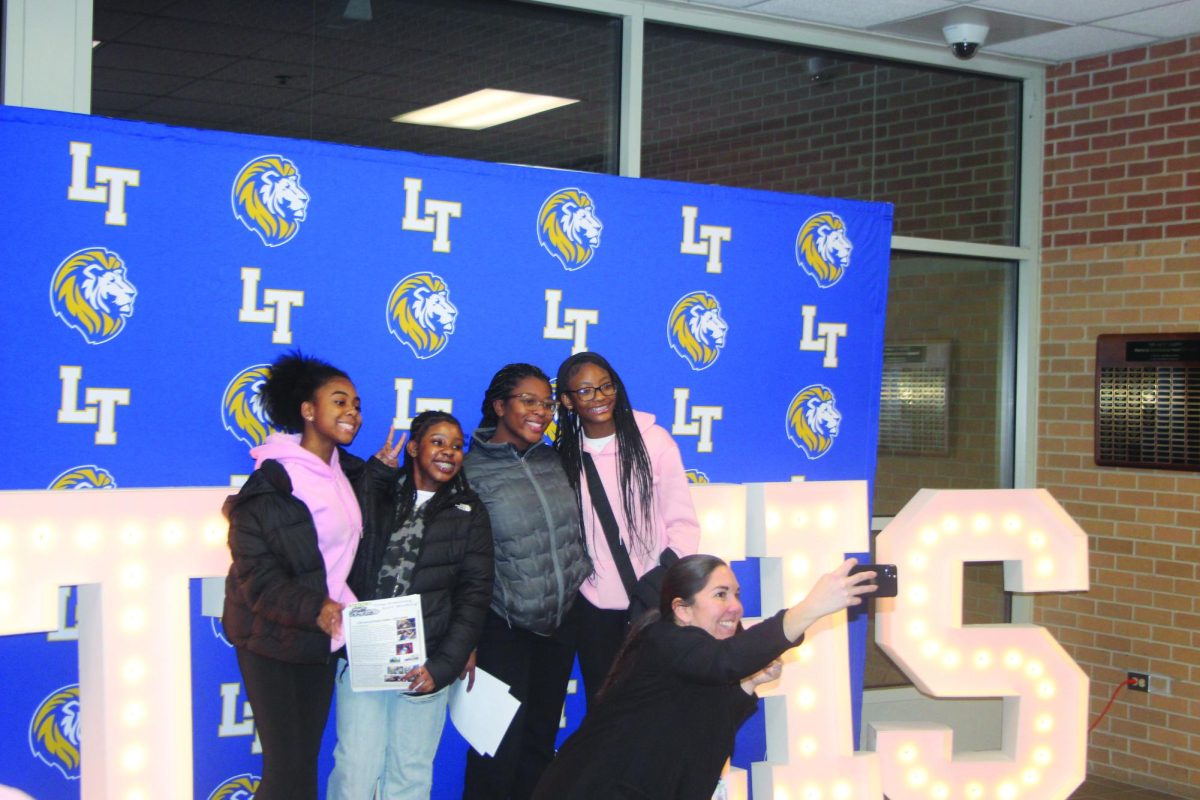
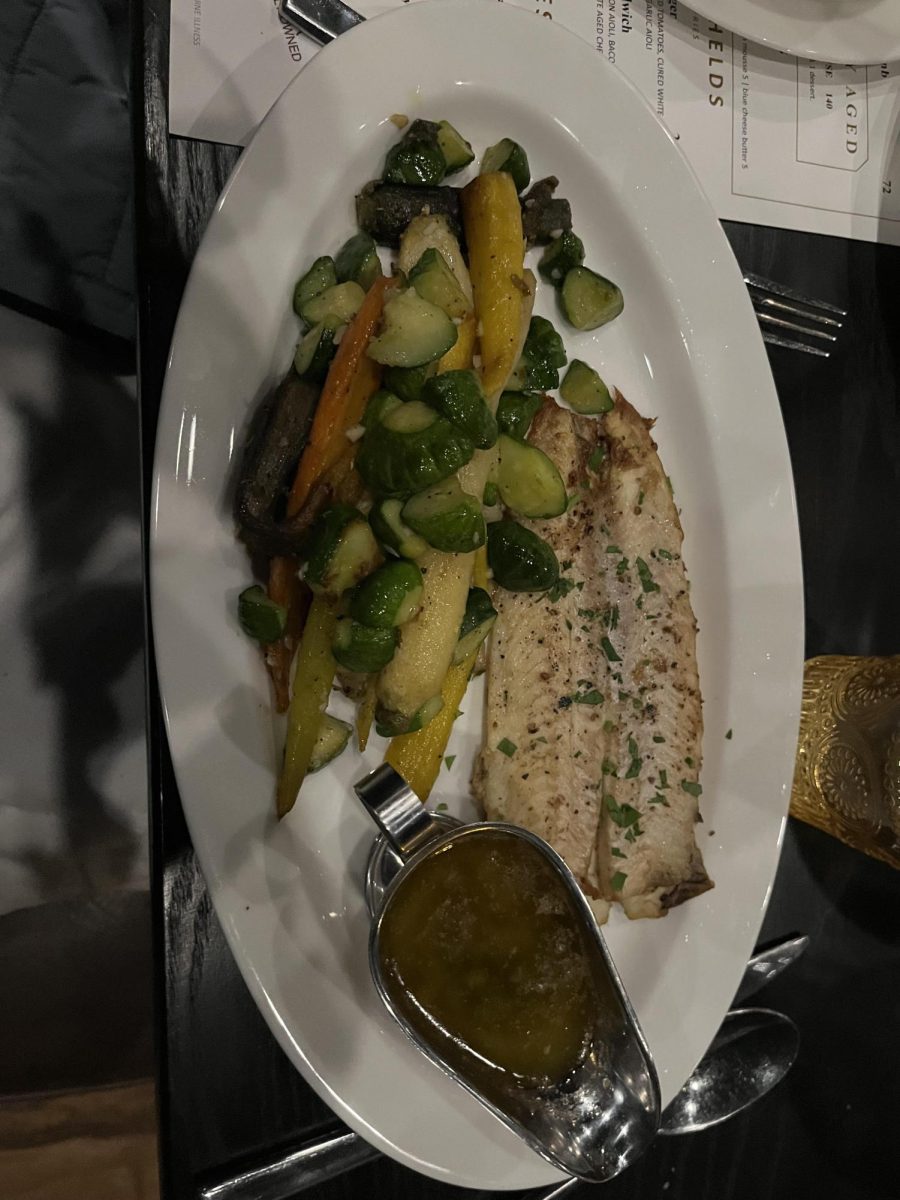

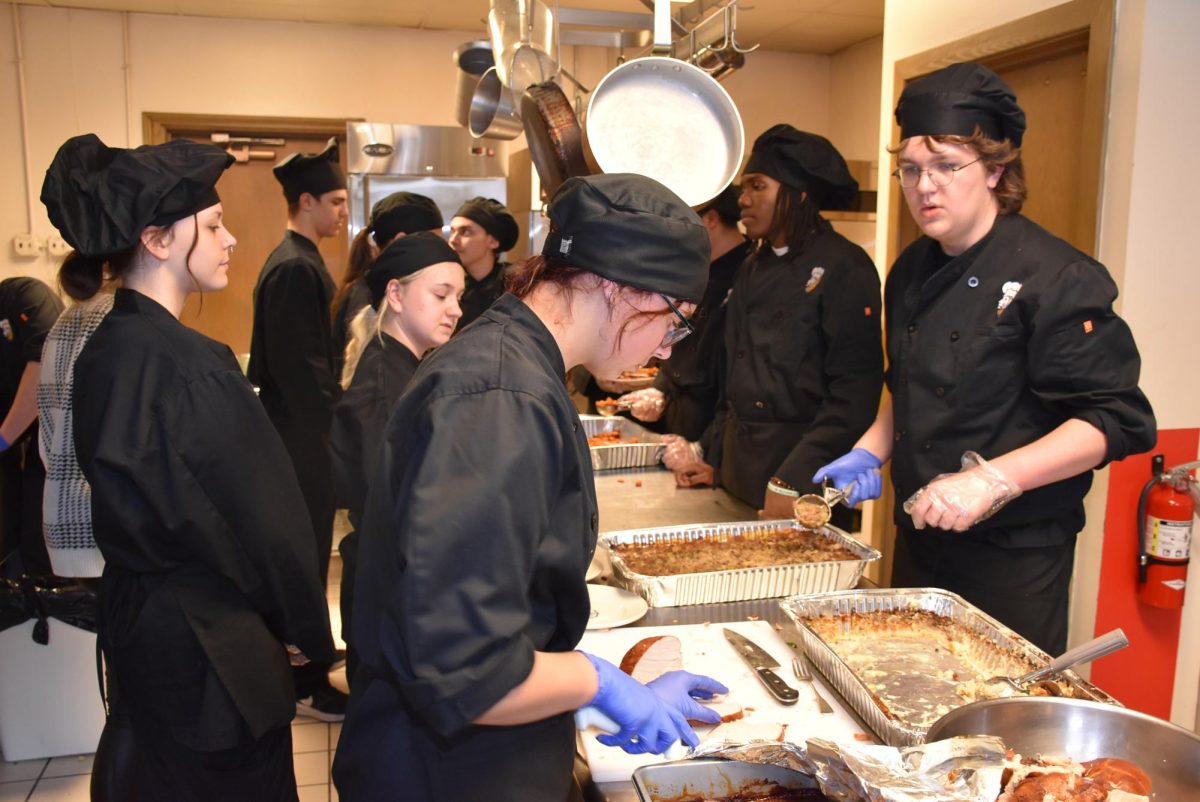

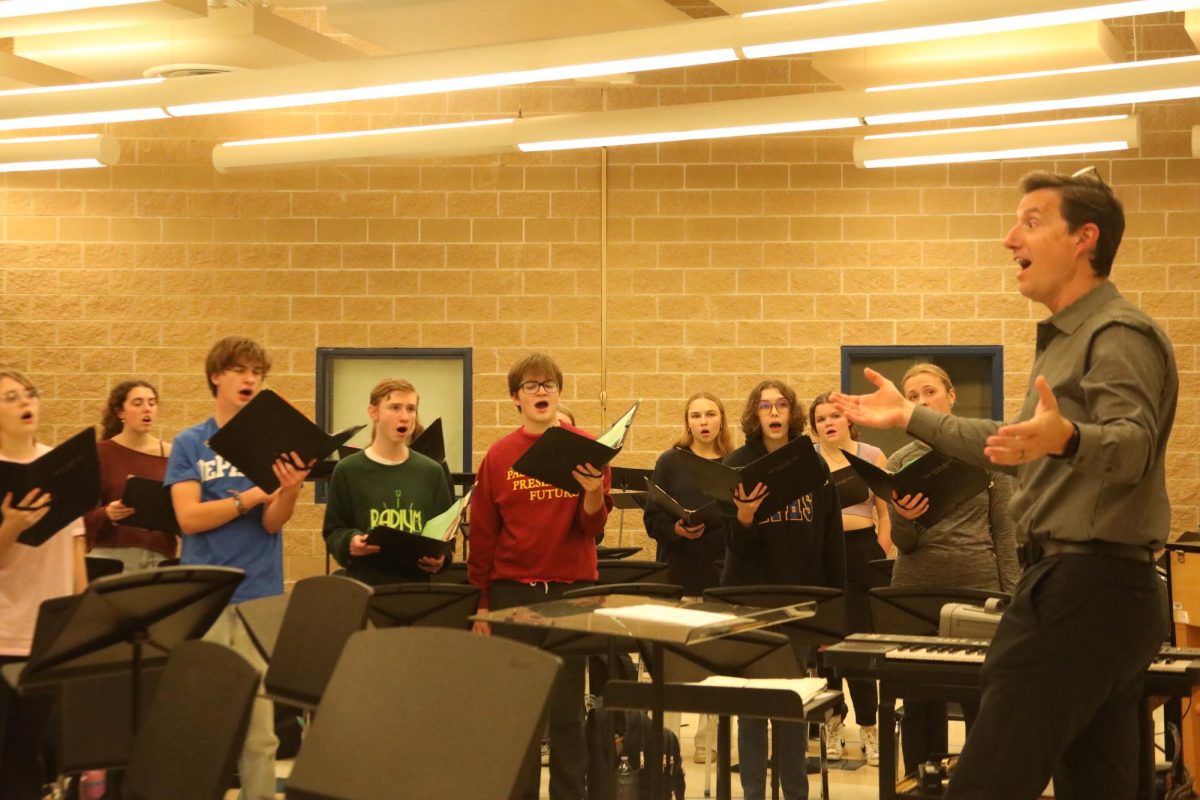



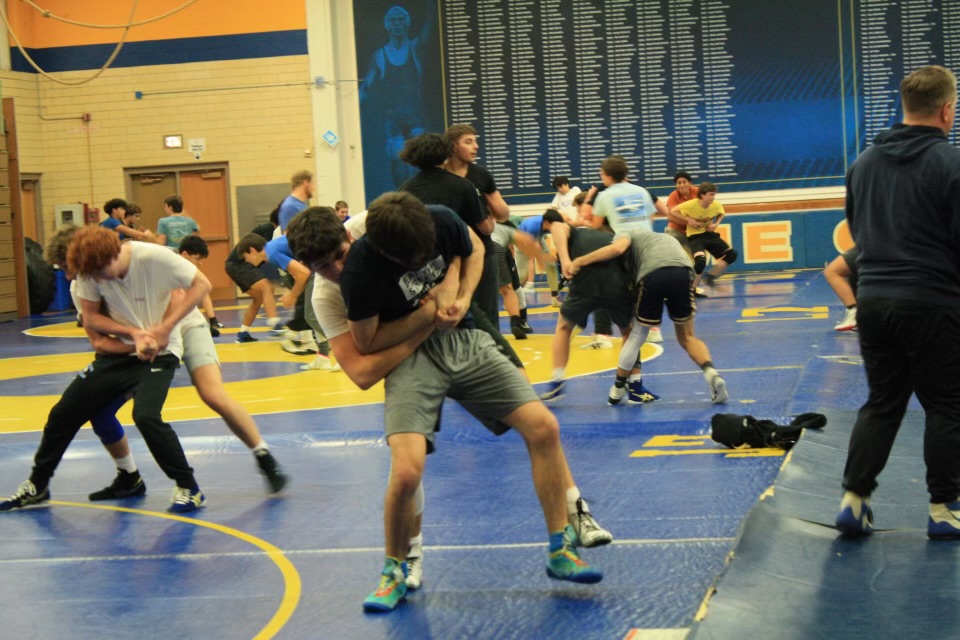



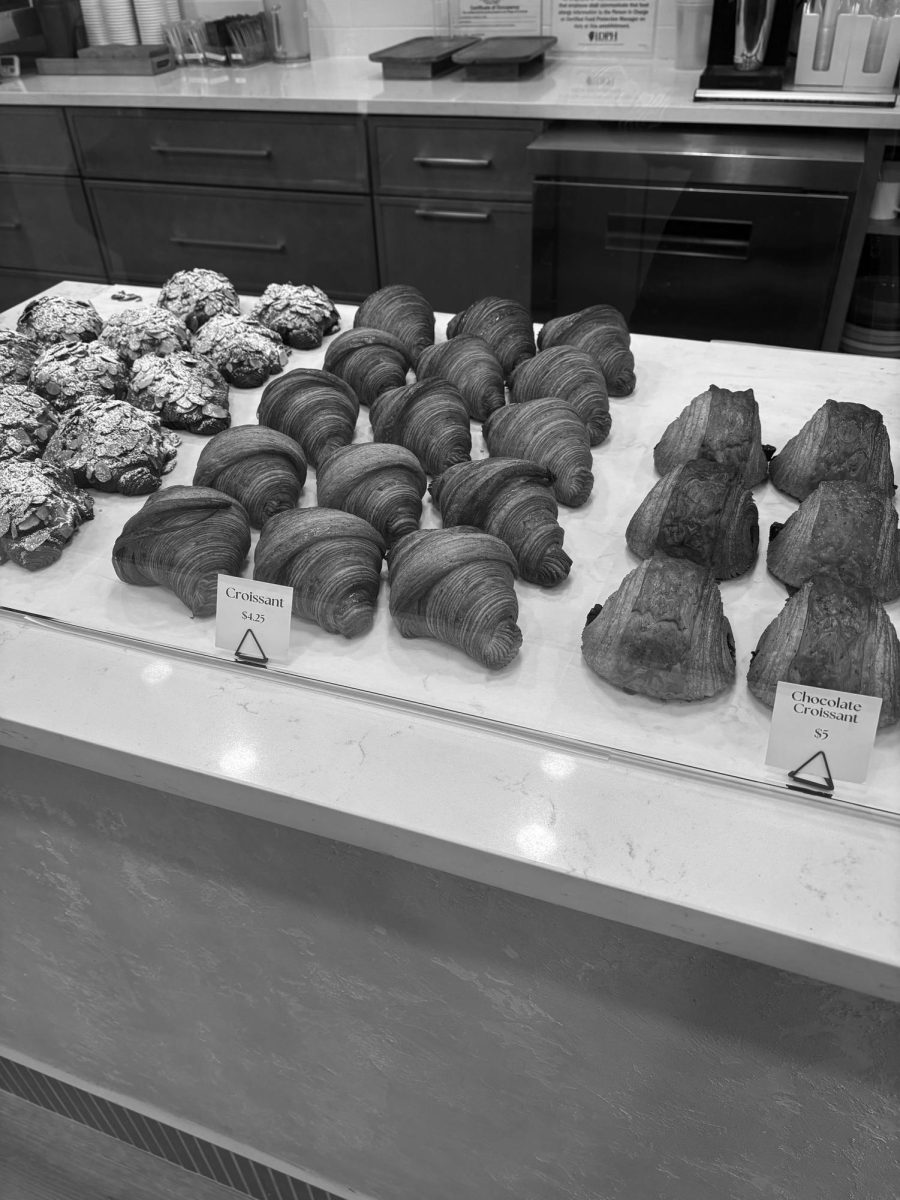


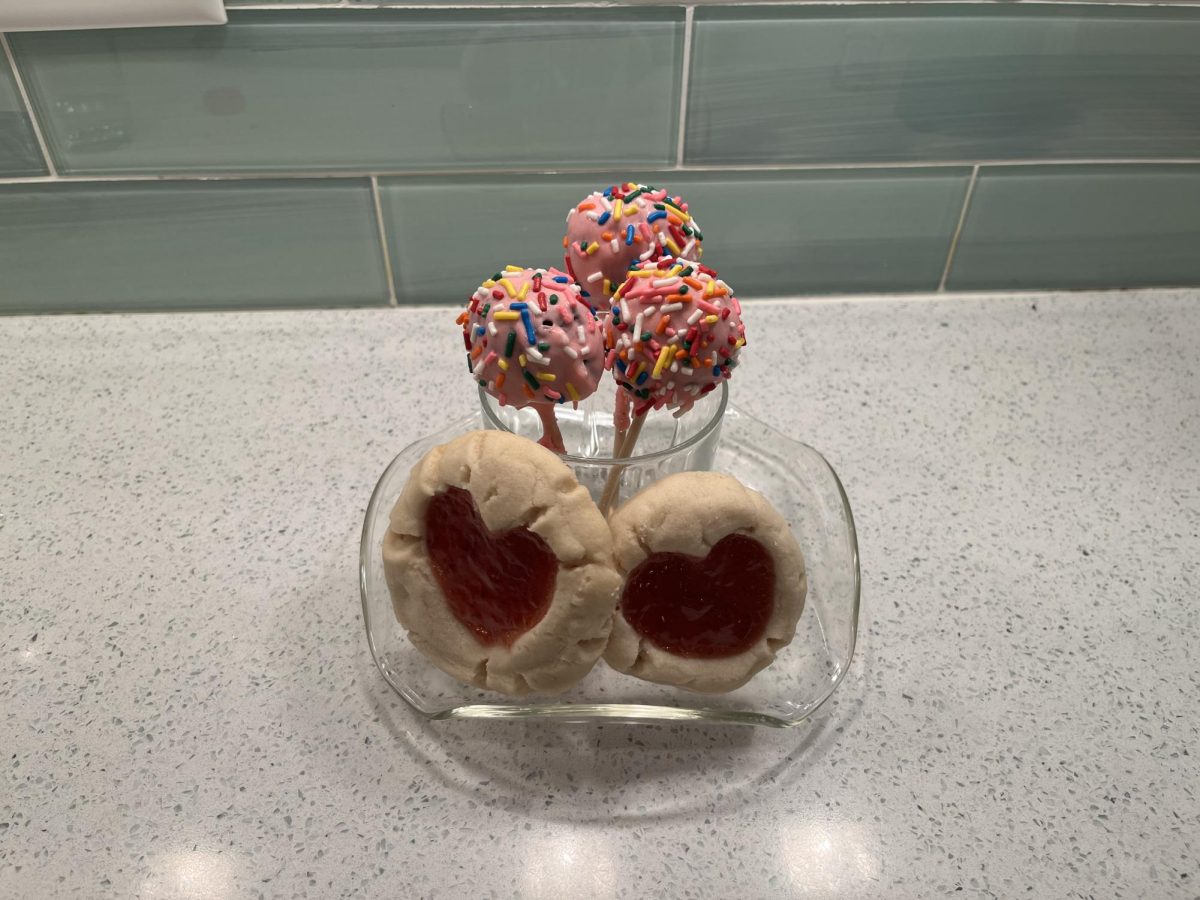


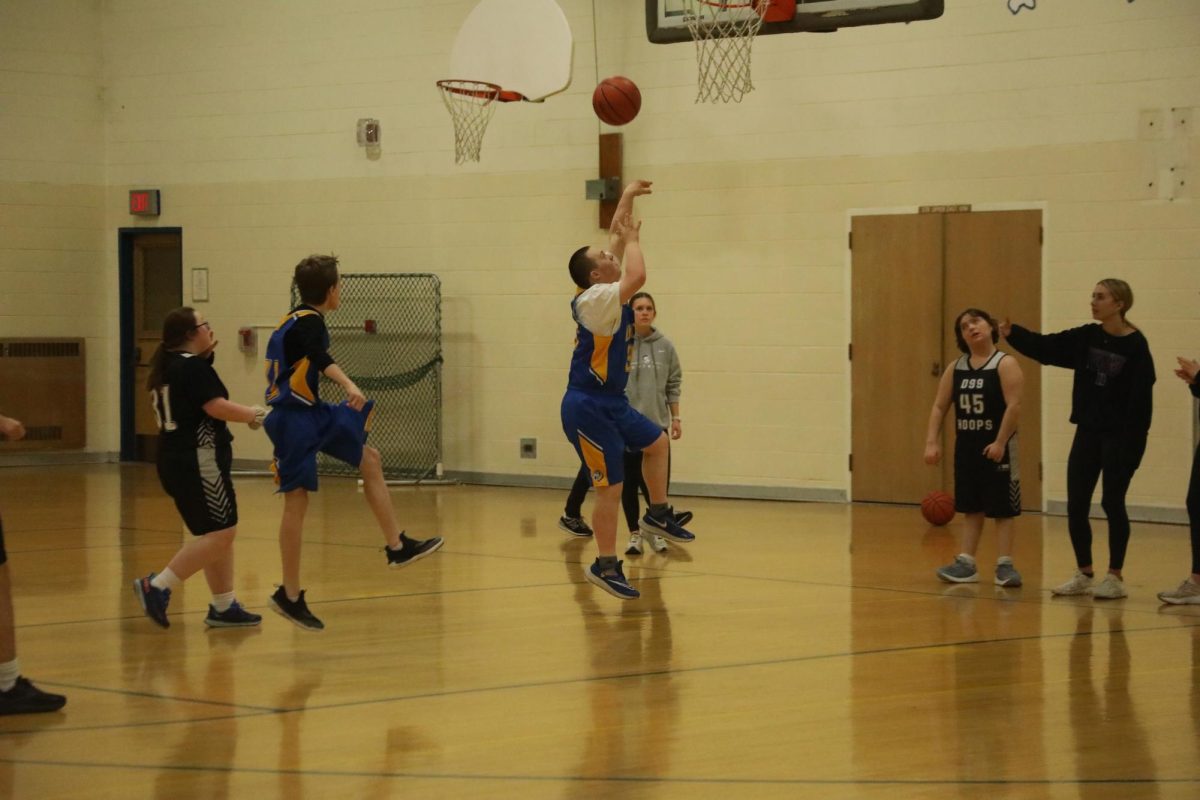


![Movie poster for '[Rec]" (2007).](https://www.lionnewspaper.com/wp-content/uploads/2023/04/rec-640x900.jpg)
